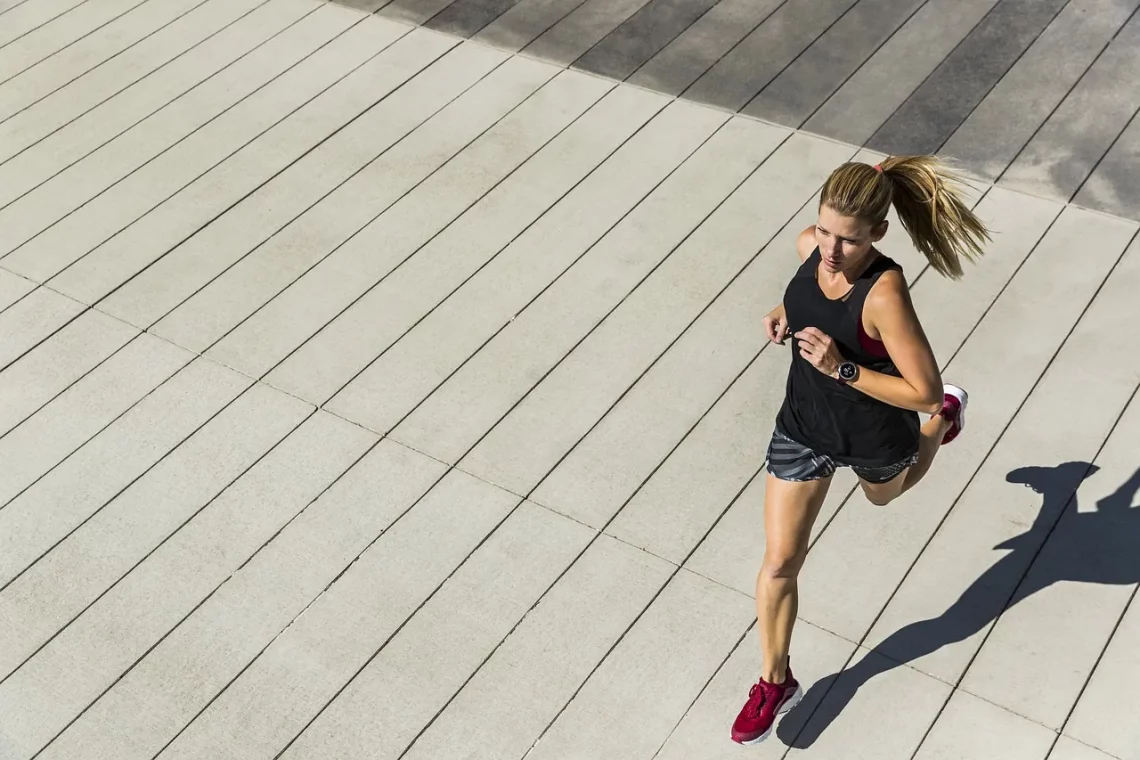
Essential Calisthenics Workout Equipment for All Fitness Levels
Calisthenics is a form of exercise that relies on using your body weight as resistance, making it accessible to people of all fitness levels. The beauty of calisthenics lies in its simplicity and versatility; you don’t need a gym membership or expensive machinery to get started. Whether you’re a beginner looking to kick off your fitness journey or an experienced athlete aiming to refine your skills, incorporating the right equipment can enhance your workouts significantly.
In a world where fitness trends come and go, calisthenics remains a constant, promoting strength, flexibility, and endurance without the need for bulky equipment. This makes it a popular choice for those seeking a functional approach to fitness. From park benches to the comfort of your home, the opportunities to engage in calisthenics are virtually limitless. With a few essential pieces of equipment, you can create a diverse workout routine that keeps you motivated and challenged.
Understanding the various tools available for calisthenics can help you maximize your workouts and achieve your fitness goals. In this guide, we will explore some essential calisthenics workout equipment that caters to all fitness levels, allowing you to sculpt your body and improve your overall health efficiently.
Bodyweight Training: The Core of Calisthenics
At the heart of calisthenics is bodyweight training, which forms the foundation for all exercises. This method emphasizes the use of your own body weight for resistance, allowing for a wide range of movements that can be adapted to your fitness level. Bodyweight exercises like push-ups, pull-ups, squats, and lunges are fundamental for building strength, improving flexibility, and enhancing coordination.
One of the primary advantages of bodyweight training is that it can be performed anywhere. You don’t need a gym or specialized equipment to get a good workout. Your living room, a local park, or even a hotel room while traveling can serve as your gym. This accessibility makes it easier to maintain a consistent workout routine, which is crucial for long-term fitness success.
Furthermore, bodyweight exercises can be modified to suit beginners and advanced practitioners alike. For instance, a beginner may start with knee push-ups, while a more advanced individual might progress to explosive push-ups or one-arm push-ups. This adaptability allows individuals to continuously challenge themselves and avoid plateaus, keeping workouts fresh and engaging.
Incorporating a variety of bodyweight exercises into your routine can help target different muscle groups, ensuring a well-rounded approach to fitness. By engaging in compound movements that utilize multiple muscle groups, you can maximize efficiency and effectiveness, which is particularly beneficial for those with limited time to exercise.
Resistance Bands: Versatile and Portable
Resistance bands are an incredibly versatile piece of equipment that can elevate your calisthenics workouts. These elastic bands come in various resistance levels, making them suitable for all fitness levels. They can be used to assist with exercises, add extra resistance, or even replace weights in traditional strength training movements.
One of the primary benefits of resistance bands is their portability. They are lightweight and compact, making them easy to pack for travel or store at home without taking up much space. This means you can maintain your workout routine no matter where life takes you.
Resistance bands can also be used to enhance bodyweight exercises. For example, when performing pull-ups, a band can provide assistance by reducing the amount of body weight you need to lift. This is especially helpful for beginners who may struggle with traditional pull-ups. On the other hand, bands can be used to increase resistance in exercises like squats or push-ups, providing an added challenge for more advanced practitioners.
Moreover, resistance bands are effective for stretching and rehabilitation exercises. They can aid in improving flexibility and range of motion, which is crucial for overall fitness and injury prevention. By incorporating resistance bands into your calisthenics routine, you can easily diversify your workouts and target different muscle groups effectively.
Parallettes: Elevating Your Workout Experience
Parallettes are an excellent addition to any calisthenics workout. These small, portable bars allow you to perform a variety of exercises that can enhance strength, balance, and coordination. They are particularly useful for developing skills like handstands, planches, and various push-up variations.
Using parallettes can also help reduce strain on your wrists during exercises. When performing push-ups on the ground, the wrist must bend at an angle that may cause discomfort over time. Parallettes allow for a more neutral wrist position, making it easier to execute movements comfortably.
Moreover, parallettes can be used to perform dynamic movements that target the upper body and core. Exercises like L-sits and tuck holds engage multiple muscle groups simultaneously, promoting functional strength. Training with parallettes can also improve your body control and stability, which are essential for mastering more advanced calisthenics skills.
The versatility of parallettes extends beyond strength training. They can also be incorporated into mobility and flexibility routines, allowing for a more comprehensive approach to fitness. Whether you’re a beginner or an advanced athlete, parallettes can enhance your calisthenics experience by providing new challenges and opportunities for growth.
Pull-Up Bars: Building Upper Body Strength
A pull-up bar is an essential piece of equipment for anyone serious about calisthenics, as it focuses primarily on building upper body strength. Pull-ups and chin-ups are fundamental exercises that engage the back, shoulders, and arms, promoting muscular endurance and strength.
Installing a pull-up bar at home or using a freestanding model can provide you with the opportunity to practice these exercises regularly. For beginners, assisted pull-up variations can help build the necessary strength to perform unassisted pull-ups over time. Conversely, more advanced practitioners can experiment with weighted pull-ups or different grip variations to target specific muscle groups.
In addition to pull-ups, a bar can be used for various other exercises, including hanging leg raises, which strengthen the core, and muscle-ups, which combine a pull-up with a dip for a full upper body workout. The versatility of a pull-up bar means you can keep your training dynamic and challenging.
Moreover, many parks feature outdoor pull-up bars, allowing you to take your workout outside and enjoy the fresh air while you exercise. This accessibility makes it easier to stay motivated and engaged with your fitness routine.
In summary, pull-up bars are a critical component of any calisthenics workout, offering multiple benefits for upper body strength and overall fitness.
This article is intended for informational purposes only and does not constitute medical advice. Always consult with a healthcare professional before starting any new exercise program, especially if you have existing health concerns or conditions.




